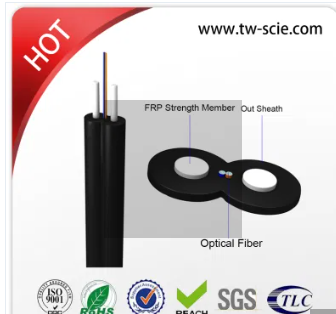The role of Optical Fiber Cable
2023-10-18
Optical Fiber Cable (Optical Fiber Cable) is a high-performance communication medium used to transmit optical signals. It consists of one or more elongated optical fibers (optical fibers), each of which consists of a core with special optical properties and a cladding surrounding the outside. Optical fiber cables play an important role in the fields of communication, Internet, data transmission, etc., and have the following main functions:
High Speed Data Transmission: Fiber optic cables are capable of transmitting data at extremely high speeds, far exceeding traditional copper wire cables. This makes it ideal for modern communications and data transmission, supporting high-definition video, large-capacity files, and real-time Internet applications.
Long-distance transmission: Fiber optic cables can transmit signals over long distances with relatively little signal loss during transmission. This makes fiber optic cables very useful in communicating across cities, countries, and even continents.
Anti-interference: The transmission of fiber optic cables is based on optical signals and is not affected by electromagnetic interference. In contrast, copper cables are susceptible to electromagnetic interference, which affects signal quality.
Security: Fiber optic communications are more secure as optical signals cannot be easily tapped or intercepted. This makes it particularly useful in applications where privacy is critical.
Broadband transmission: Optical fiber cables can support broadband transmission, even if multiple signals can be transmitted simultaneously on the same optical fiber, so as to meet the needs of different purposes.
Stable signal quality: Unlike electrical signals, optical signals are not affected by factors such as resistance, inductance, and capacitance during transmission, so the signal quality is relatively stable.
Medical applications: Fiber optic cables are also widely used in the medical field, such as image transmission in medical equipment such as endoscopes, and laser therapy.



